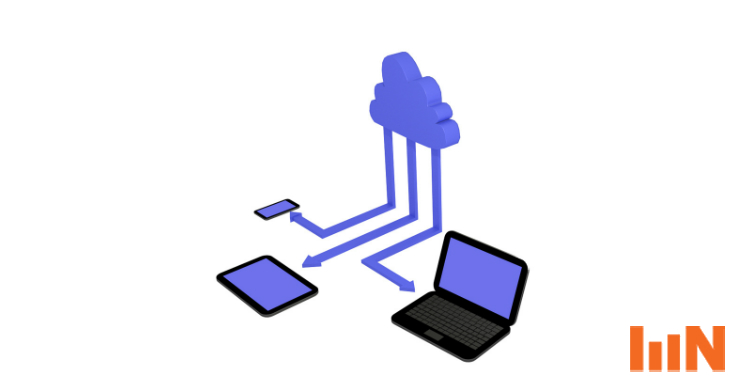It’s no mystery how critical email is to business today. 71% of companies responding to a Dell survey regard email communication as a lifeline to how they work, but 86% of them still host their email on-site in self-hosted servers. So what’s keeping organizations from moving to the cloud?
According to Dell, 3 of those fears are:
- Fear of the migration process
- Unfamiliar technology
- Security concerns
We’ve covered the benefits of moving to the cloud, but what about the fears keeping businesses committed to running their own solutions? Here’s a fresh look at the concerns discovered in Dell’s study.
Fear of the migration process
Much like migrating from one server to another, migrating from an on-premise system to the cloud brings a lot of stipulations and apprehension into play—whether it’s a lack of tools, experience, or time, these concerns are justified. When you consider that options like Google Apps provide the necessary tools to complete a migration, and that a cloud provider or MSP can help with the migration, it can become a much more surmountable task. One Newmind client switched to Google Apps using a thoroughly planned “rip and replace” strategy.
“Everything went as smoothly as we could have imagined. The Exchange server caused complete data migration to take longer than we would have liked, but the entire cutover took 4 hours at the most. Doing it ourselves would have been possible, but there were a lot of ‘gotcha’ moments that would have delayed our efforts. Having Newmind Group involved helped us plan and get those roadblocks out of the way.” —Michael Cross, CIO, Greenleaf Hospitality Group
In an interview with University Business magazine, Rennie Muzii, a managing director for Marsh FINPRO suggests you vet any company who you’re considering to bring on to aid in migration. “Generally, the law will say that the cloud provider has to be as responsible as the [business] because it is an extension of [that] business.” The best perk about migrating to a cloud solution, though? Depending on your long-term goals, it could be the last time your organization has to migrate email ever.
Unfamiliar Technology
If you’ve got individuals in your organization who have been working with Outlook for 10 or 15 years, there naturally might be some fear of moving to a different platform. Even though it’s providing the same service, it doesn’t look the same, and that’s intimidating enough for some users. The best way to get around it is by working with your end-users who can easily pick up and run with new technology.
Every organization has early adopters when new tools come around—one way to get a universally-used technology like email to successfully become adopted is to harness those early adopters and use them to bolster your efforts! By using their energy to help bring other users on board, you’re creating a more organic and successful diffusion of that change—from the inside out, rather than trickling down from the foreboding, mysterious IT department.
Security Concerns
According to Rackspace’s State of the Cloud 2014, 94% of organizations working with cloud solutions report a heightened level of data security. So why does security remain a chief concern among businesses reluctant to migrate away from on-premise solutions? Kevin Roberts, CIO at Abilene Christian University, suggests it isn’t a tangible lack of security, so much as a lack of control, in this interview with University Business:
“One way to do that is to control everything yourself, but those concerns are more emotional than rational. It is like feeling that your money will be safer in your mattress than in the bank. The bank is really better at keeping your money safe than you are. And Google is better at email than we are.”
ServerWatch suggests this same apprehension that’s the exact reason why cloud solutions are generally safer than putting faith in owned hardware and local help—when your security is in the hands of an entire team (like Google, for example), rather than the limited attention of individual IT workers, you find benefits like a continuous auditing and more secure development lifecycles.
Of course there are reasons for certain organizations to stick with on-premise solutions—it’s not about evangelizing every new technology without any rhyme or reason—it’s about finding the best solution for your organization and your budget. Below you can read on with a case study on an 800+ user organization who made the leap, and if you’re interested in seeing how cloud email might fit your organization, you know who to call.
[emaillocker id=”5456″]
Success! Click the button below to get the case study.
Download the case study[/emaillocker]

